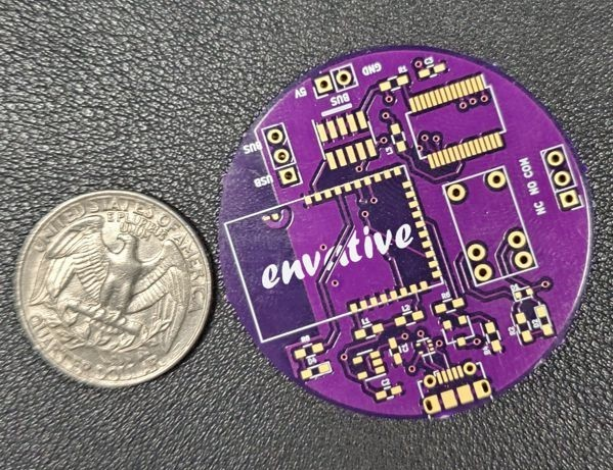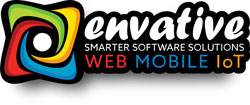INDUSTRY SERVED: Construction
Envative spends a lot of time developing our frameworks.
If you are not aware, a framework is an abstraction providing generic and often-used functionality that can be selectively altered by additional code to accommodate a custom function or process. It also provides a standard way to build and deploy applications. Our dedication to developing and maintaining our frameworks is how we can repeatedly and robustly develop software very quickly. We have a framework for mobile, web, and IoT solutions. Our IoT framework and platform can perform all kinds of tasks and communications, like external sensors, cameras, location, movement, inertia, impact, biorhythms, and lighting controls.
We are going to use the word smart in quotes from this point on. It is a common synonym to indicate adapted technology. In this case, IoT (Internet of Things). Here we describe our IoT framework as it is applied to “smart” lighting relevant for home and commercial applications.
"Smart" Lighting Configurations
“ Smart” Lighting configurations come in several different variations; however, the two most common include:
- A “smart” bulb that has an embedded Wi-Fi, Bluetooth LE, Z-Wave, or Zigbee radio. This smart bulb communicates with a central hub that is connected to the internet.
- A standard light bulb is controlled by a “smart” switch with built-in Wi-Fi, Bluetooth LE, Z-Wave, or Zigbee.
This smart switch communicates with a central hub that is connected to the internet. So, the bulb is “smart,” or the switch is “smart.” Our platform represents the hub in this exposition and can communicate with either configuration.
Out-Of-The-Box Lighting Networks
A few things to consider with most out-of-the-box “smart” lighting networks:
- The number of “smart” bulbs installed — the more “smart” lights create more network traffic that is required to maintain the system.
- Location and positioning of “smart” bulbs/switches.
- Wireless network topology (i.e., Mesh networks).
- Wi-Fi is the most common and most accessible connection protocol but can pose security risks if not configured properly.
- Bluetooth LE, Z-Wave, and Zigbee require an additional hub to connect to all devices and frequently have a limit to how many they can effectively control before requiring other hardware to extend their reach.
The Envative IoT Platform
The Envative IoT platform currently supports the following functionality and interface
considerations:
- Adapt the control interface to fit the full range of capabilities of “smart” lights (turn on/off, adjust brightness, set hue/saturation/brightness, apply chosen setting across several lights, retain last on state, save presets).
- Accurately track and display the current states of all lights on the network.
- Respond to the user if an action was successful, failed, or is taking longer than usual to finish.
- Displaying a light’s current state and provide user with intuitive control queues.
- Controlling lights at a group level.
- Integrating hue, saturation, and brightness into as simple a control scheme as possible.
- Handling sliders at a room level that control a mix of binary lights and dimmers set to different values.
- Defining lighting profiles that adjust to the time of day
- Making the control interface as consistent as possible on mobile phones, tablets, and desktop browsers.
While the platform is easily extendable to accommodate additional functionality, it is feature-rich and robust in its current state.


About Envative
Envative is a Rochester, NY-based software development company specializing in custom web development, mobile applications, and Internet of Things (IoT) solutions. Founded in 1998, they have over 25 years of experience delivering tailored software solutions across various industries, including healthcare, finance, security, telecommunications, hospitality, retail, manufacturing, robotics, and military sectors.
Benefits
- Scalable platform for both residential and commercial lighting setups
- Automated state tracking, ensuring system status is always visible and manageable
- Energy efficiency through smarter, adaptive lighting management